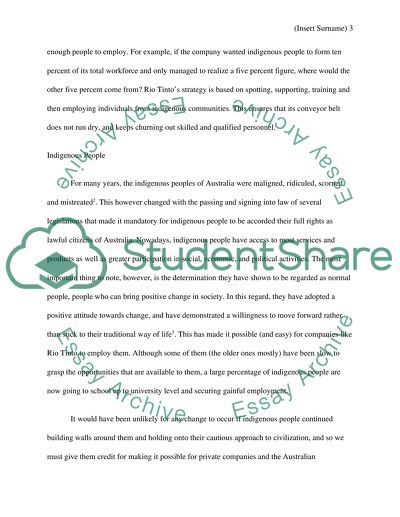Cite this document
(“The Role of Stakeholders in the Indigenous Employment Program of Rio Case Study”, n.d.)
The Role of Stakeholders in the Indigenous Employment Program of Rio Case Study. Retrieved from https://studentshare.org/politics/1620095-assessment-2-case-study-essay
The Role of Stakeholders in the Indigenous Employment Program of Rio Case Study. Retrieved from https://studentshare.org/politics/1620095-assessment-2-case-study-essay
(The Role of Stakeholders in the Indigenous Employment Program of Rio Case Study)
The Role of Stakeholders in the Indigenous Employment Program of Rio Case Study. https://studentshare.org/politics/1620095-assessment-2-case-study-essay.
The Role of Stakeholders in the Indigenous Employment Program of Rio Case Study. https://studentshare.org/politics/1620095-assessment-2-case-study-essay.
“The Role of Stakeholders in the Indigenous Employment Program of Rio Case Study”, n.d. https://studentshare.org/politics/1620095-assessment-2-case-study-essay.


